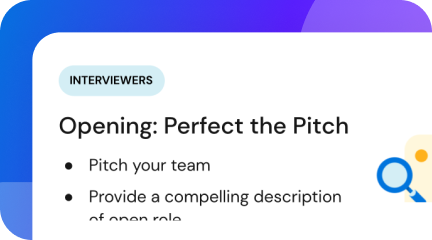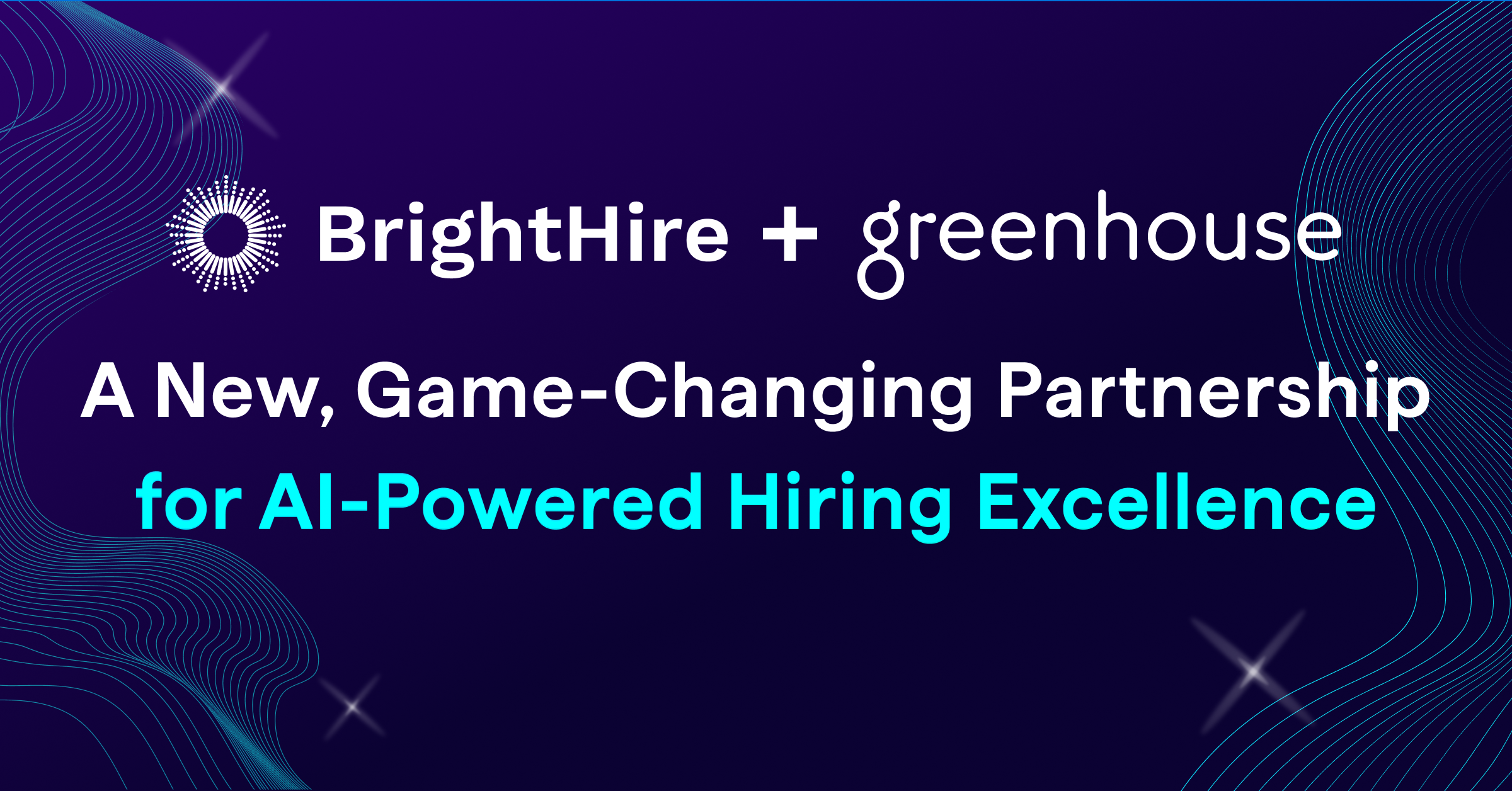Effective recruiting isn’t just about making successful hires – it’s also about creating an excellent candidate experience, regardless of a candidate’s offer status at the end of the process.
Why does the candidate experience matter so much? Because it’s one of the biggest windows into what it’s like to be part of your culture and work on your team. A good candidate experience can increase offer acceptances and improve retention, while a poor experience can hurt your company’s reputation and lose talent to your competition.
Looking to improve your candidate experience? Here are five proven strategies that can help you build an engaging hiring process and make candidates feel valued and respected:
1. Write a strong job posting
First impressions matter. You may think candidates begin to form an impression of your company at the initial interview, but that’s not always the case. A job posting is often a candidate’s first touchpoint with your company, and it’s an opportunity to make a great impression.
Your job postings should always:
- Provide background on your company
- Outline key role responsibilities, day-to-day focuses, and overall goals
- Include, whenever possible, the salary range
However, job postings often miss valuable opportunities to attract the right candidates. One way to make your job posting more effective? Tailor it to reflect both the characteristics of the company and the ideal candidate for the job. Amy Gallo wrote in Harvard Business Review:
“Use language [in your job posting] that reflects and promotes your corporate values. People want to feel energized and passionate about what they do, so show them that the job offers an opportunity to contribute to your company’s collective mission. Rather than focusing on specific skills, you can use words like ‘high-performance creativity’ and ‘optimistic’ to describe the kind of candidates you want to apply.”
By making these additions to your job posts, you can cultivate a more positive candidate experience and attract candidates who 1) align with your organization’s mission and 2) can envision their talents contributing to it.
2. Highlight diversity, equity, and inclusion efforts from the start
Thirty-two percent of job seekers say they wouldn’t apply for a company that lacks diversity, and these statistics will only increase as younger generations enter the workforce. Candidates of all identities are looking for companies to “walk the walk” when it comes to inclusion, and the hiring process is often the first exposure to a company’s approach.
When you make diversity, equity, and inclusion (DEI) a key focus of your hiring process, you show candidates your company is making a conscious effort to break systemic patterns and make everyone feel welcomed.
Here are four ways to highlight DEI throughout your hiring process to create a more thoughtful, engaging candidate experience:
- Diversify your recruiting team. Forbes recommends diversifying the team involved in recruiting from the start. “Include a variety of people on your recruiting team. People of different ages, ethnic backgrounds, sexual orientations, and genders should vet potential candidates to avoid unconscious bias.”
- Be intentional about the words you use. Carefully select language for job postings to avoid biased implications. For example, Harvard Business Review recommends avoiding adjectives like “competitive” and “ninja,” which can connote masculinity and deter women from applying.
- Review your equal opportunity statement. Consider revising your company’s general equal opportunity statement(s) to make sure the language is specifically relevant to concrete DEI goals. Make this language easy to find by highlighting it on your website and other public materials; don’t limit its use to internal documents.
- Make interviews more accessible for everyone. Think outside the box of formal in-person, one-on-one interviews by incorporating accessible interview technology and inclusive, adaptive tools into your hiring process. Offer flexible interview hours and locations (work-from-home, hybrid, or in-office) to help accommodate different candidates’ needs.
3. Value candidates’ time
Valuing and acknowledging a candidate’s time and effort is essential to creating a positive, worthwhile experience. This appreciation can manifest in small logistical details, like showing up on time, keeping interviews to a reasonable duration, and compensating candidates for expenses like parking, transit fare, or meals.
Before an interview is set, show respect for a candidate’s schedule by offering a wide range of possible interview times. These gestures – even small ones – will communicate that you know their time is just as important as yours.
The total length of the process should not be excessive, either: Glassdoor research found the average U.S. hiring process takes just over three weeks. However, qualified candidates are finding jobs within ten days. Speeding up your hiring process and limiting the number of interviews shows candidates you’re serious about them, which helps to maintain their interest and consideration.
4. Give candidates frequent, honest updates
Two in five job seekers say their biggest frustrations occur when…
- Companies cancel or postpone their interviews
- Recruiters or hiring managers don’t respond to them in a timely manner
Candidates want information, whether it’s good news, bad news, or even no news, as long as they know the latest and don’t feel left in the dark. At the beginning of the process, be transparent with candidates and tell them exactly what to expect throughout the interview process, including when and how they will receive updates after each step. This ensures that there will be as little ambiguity as possible.
Tell candidates the truth, even if the update is “I don’t have an update.” They would rather hear that than wonder what’s happening behind the scenes.
This kind of communication facilitates a positive experience. It builds trust and respect between your company and the candidate, who is more likely to respond well when treated as a peer. Even in a situation that doesn’t lead to a hire, candidates will be far more likely to apply again or recommend your company to someone else.
5. Make your interview process faster and fairer with tech
You can greatly improve candidates’ experience by using technology that helps you find and attract top candidates, move them through the hiring process faster, and eliminate biases from interviews.
Here are some of the leading technologies your company can rely on to improve the candidate experience and make it more equitable:
- Applicant tracking systems like Greenhouse provide processes and integrations to help candidates move efficiently through stages of the hiring process.
- Digital assessments like those LinkedIn offers can be done remotely at the candidate’s convenience and provide a clear view of their skills for prospective employers.
- Interview intelligence platforms like BrightHire allow companies to conduct thorough, insightful interviews through Zoom and Google Meet. The platform records and transcribes interviews, so interviewers can focus their energy on the conversation. It gives hiring managers a holistic view of a candidate throughout the interview process, allowing them to review recordings to more carefully and objectively assess performance.
Elevate your candidates’ interview experience
An exceptional candidate experience is critical to winning top talent, but developing a consistent experience takes work. Using the five strategies we covered alongside an interview intelligence platform like BrightHire, you can get the insights and evidence you need to improve candidates’ experience, speed up your hiring process, and make better hires.
Want to learn more about ways to improve your candidate experience? Check out these resources:









